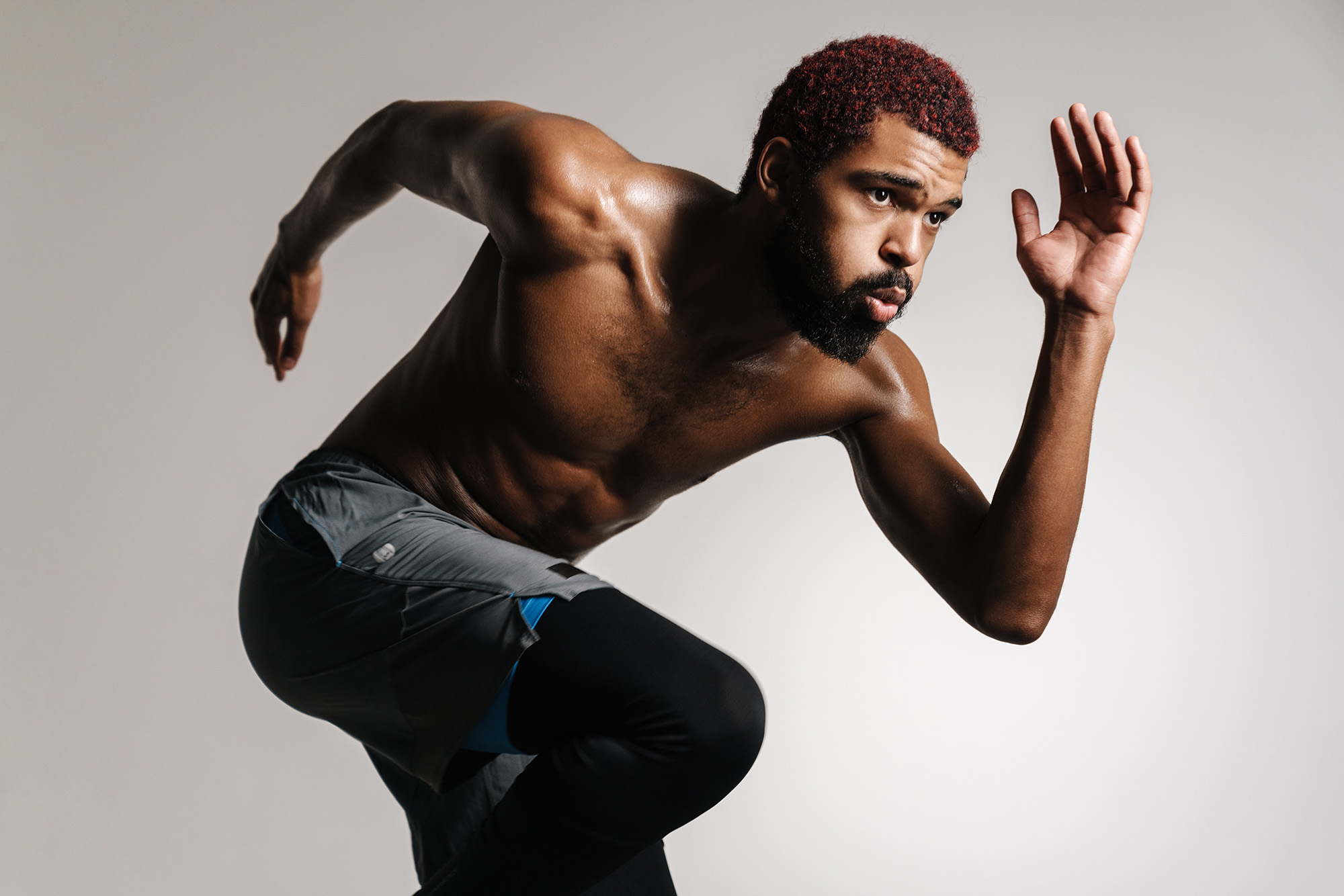Give Your Body the Recovery It Deserves
For athletes, recovery is not just something to think about after an exhausting practice or competition; it’s a fundamental part of athletic success. When recovery is neglected, performance declines, and the risk of injury rises. The question is, how can you ensure your recovery routine is truly efficient and effective?
This is where kinesiology comes in. Kinesiology is a holistic practice that blends the principles of biomechanics, energy balancing, and natural healing to enhance the body’s ability to recover and thrive. From accelerating muscle recovery to preventing injuries and building mental resilience, kinesiology offers tailored solutions to help athletes bounce back stronger after physical exertion.
What makes kinesiology stand out from traditional recovery methods? Keep reading to learn how this powerful practice can transform the way athletes approach recovery.
The Science Behind Kinesiology
What Is Kinesiology?
Kinesiology is the study of human movement. It uses muscle testing and techniques grounded in biomechanics and energy healing to identify and correct imbalances in the body. The core idea is simple but powerful: the body carries innate wisdom that reveals stress points, physical weaknesses, and areas requiring healing. Practitioners rely on gentle pressure through specific muscle testing to uncover these issues and activate the body’s natural ability to heal itself.
The Energy Behind Recovery
Think of your body as an interconnected web of energy and biomechanics. When this web functions properly, you can move freely, recover quickly, and perform at your best. However, when energy gets blocked (due to poor posture, overuse injuries, or stress), recovery slows, and performance suffers.
Scientific studies have shown that stress and fatigue can disrupt muscle coordination and delay healing. By using kinesiology techniques to release tension and balance energy flow, athletes can speed up these processes, resulting in quicker and more complete recovery.
Benefits of Kinesiology for Athletes
1. Faster Muscle Recovery
Kinesiology directly impacts how muscles recover after intense physical activity. Muscle testing identifies areas of stress or weakness that may not yet be causing pain but could limit performance. By addressing these imbalances early, athletes can reduce soreness and prevent injuries from developing.
Techniques like energy balancing and acupressure further enhance blood flow to the affected areas, delivering oxygen and nutrients essential for healing. With faster muscle recovery, athletes can return to their training regimen sooner and with greater confidence.
2. Improved Muscle Coordination
Muscle imbalances are often caused by repetitive motions or improper technique, both of which are common in sports. These imbalances can lead to inefficiency and fatigue during performance. Kinesiology helps reset and realign muscle groups, ensuring that athletes maintain peak functionality.
This benefit has been particularly helpful for runners, swimmers, and tennis players, where slight misalignments can make a big impact.
3. Injury Prevention
One of the most significant benefits of kinesiology is its ability to stop injuries before they happen. Through muscle testing, practitioners can detect hidden weaknesses or stress points in the body. These subtle warning signs often go unnoticed until they manifest as full-blown injuries like sprains, tears, or tendinitis.
By identifying these red flags and addressing them early, kinesiology acts as a critical safeguard for athletes who push their bodies to the limit.
4. Mental Resilience
Recovery isn’t just physical; mental recovery is equally important for athletes. The practice of kinesiology can also address the mental stress that comes from high-pressure environments, competitive fatigue, or injury setbacks. Energy-balancing techniques like visualisation or tapping help reduce anxiety and promote mental clarity.
Athletes often report feeling calmer and more focused post-session, which helps them bounce back not only physically but also emotionally.
Key Kinesiology Techniques Used for Recovery
1. Muscle Testing
Muscle testing serves as the backbone of kinesiology. It involves applying light pressure to specific muscles to detect weaknesses or imbalances. For athletes, this can identify areas where certain muscles are underperforming or compensating for others.
For example, a runner experiencing frequent knee pain could have weak hip stabilisers that impact their alignment. Muscle testing would target these underlying issues, allowing for tailored interventions that restore balance.
2. Energy Balancing
Energy balancing aims to restore the natural flow of energy in the body. Practitioners often use techniques like acupressure (applying pressure to specific points along energy pathways) or tapping (stimulating key areas of the body to release tension).
This method helps reduce inflammation, relax muscles, and provide pain relief. For athletes recovering from demanding matches or gruelling training sessions, energy-balancing techniques can help combat stiffness and replenish energy reserves quickly.
3. Nutritional Guidance
Kinesiology doesn’t stop at muscle and energy work. It may also provide insights into dietary imbalances that could be impacting athletic recovery. For instance, muscle testing can sometimes indicate issues with nutrient absorption or sensitivities to certain foods. Armed with this data, athletes can adjust their diets to better support their performance and healing.
Real-World Applications of Kinesiology
1. Individual Impact
Consider the story of an amateur cyclist recovering from a hamstring strain. Traditional physical therapy helped to alleviate the injury, but stiffness and slow recovery limited her ability to return to form. After incorporating kinesiology sessions focused on energy balancing and isolating specific weak muscles for retraining, she returned to full performance within weeks and noticed an overall improvement in stamina.
2. Team Integration
Kinesiology is also being integrated into team recovery strategies. For example, professional sports teams have incorporated kinesiology evaluations into their pre-season screenings. This identifies potential injuries during training camps and prepares athletes to withstand the physical demands of the season.
Actionable Tips for Incorporating Kinesiology into Your Routine
1. Find a Qualified Practitioner
Look for certified kinesiology practitioners with experience in athletic recovery. Don’t hesitate to ask about their techniques and experience working with athletes.
2. Supplement Your Recovery Plan
Combine kinesiology sessions with other recovery practices like stretching, yoga, and massage therapy for a well-rounded approach.
3. Practice Consistent Self-Care
Apart from kinesiology, commit to habits like regular sleep, proper hydration, and adequate nutrition to ensure overall wellness and optimal recovery.
4. Learn More
Educate yourself about kinesiology. Read blogs, watch tutorials, or attend workshops to better understand the ways it can enhance your athletic experience.
Reflective Summary
Kinesiology is a powerful, holistic tool that addresses both the physical and energetic factors influencing athletic recovery. It helps alleviate muscle soreness, boosts recovery speed, prevents injuries, and even enhances mental focus. By tailoring its techniques to individual needs, kinesiology ensures that athletes not only recover faster but also emerge stronger.
If you’re an athlete looking to gain that extra edge in recovery, kinesiology might just be the missing piece of your wellness puzzle. Schedule a session today or explore more about kinesiology to optimise your athletic life.


